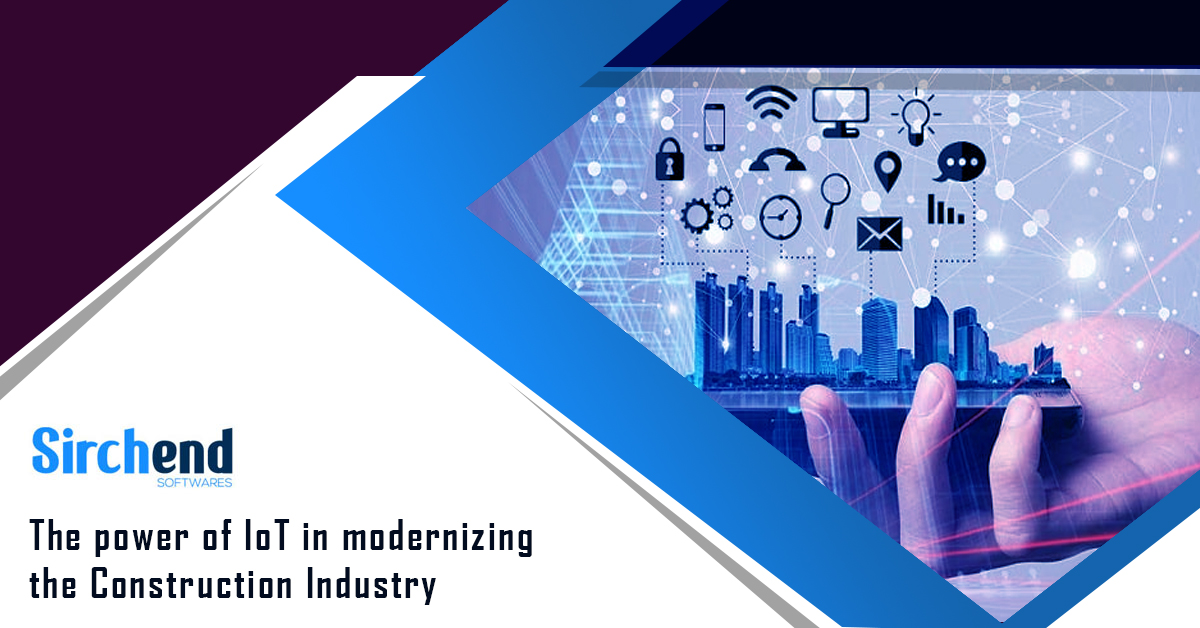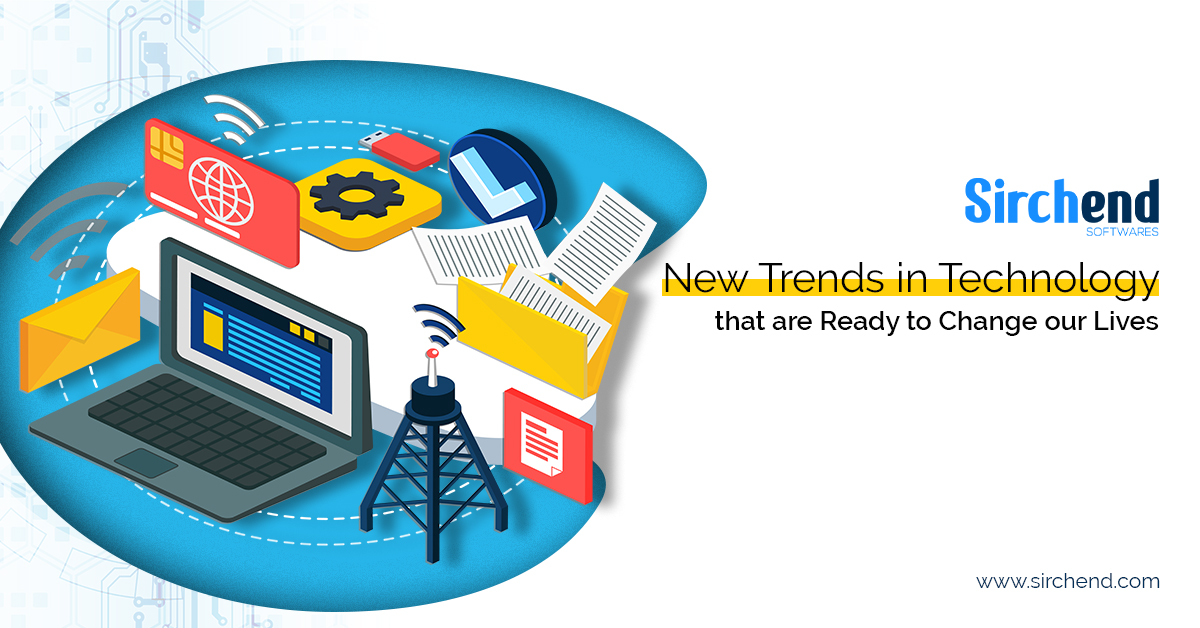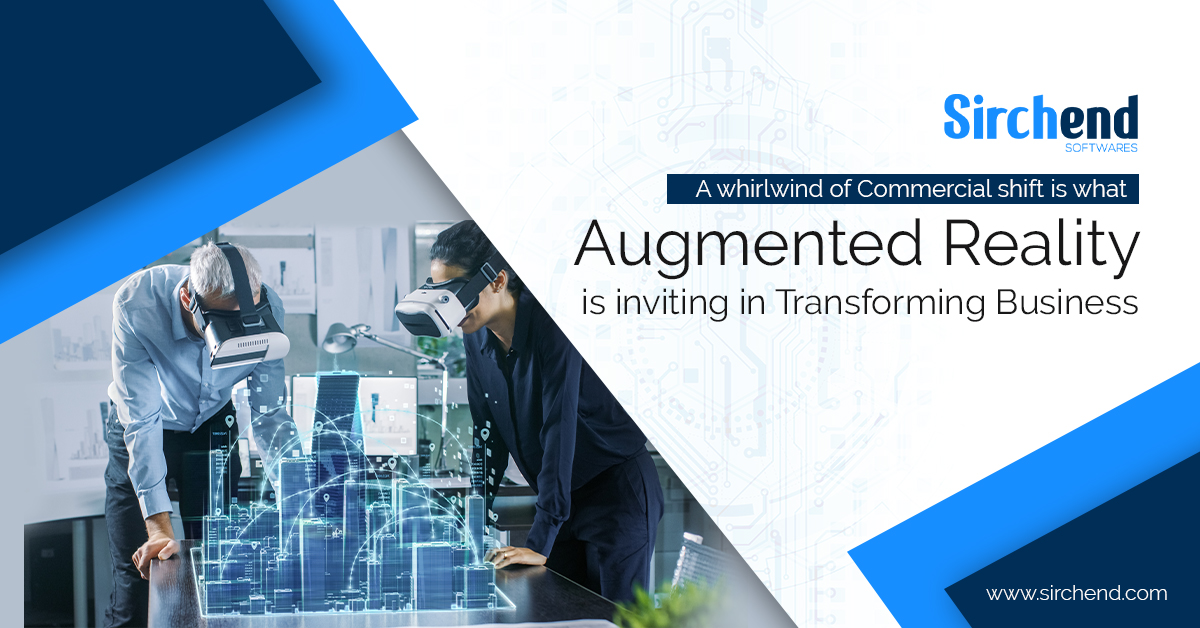Did you foresee the progress we’d made up until now back in the 1900s? A little idea about the future is way different than experiencing it first hand. The catch? This is on loop. Sitting here, we’d be discussing the upcoming technology trends of 2020.
Investing in technology in 2019 hit 3,360 billion US dollars worldwide. Now, that isn’t a surprise due to the obvious convenience of technologies into business. However, the drivers of tech growth involve boosting internal operations, improving sales effort, acquisition of new customers, etc.
Moreover, the following list showcases the new technological trends of 2020 that are going to affect our lives vehemently thereby curbing our ideologies as well.
How 8 New Technology Trends of 2020 will Shape our Lives and Outlook
From the internet, covering advanced cloud-like services to the new ER or Extended Reality, everything is stepping grades above. And because of businesses’ integration of them into their operations is inevitable, they are successful in shaping our lives and conduct more effectively.
So, here’s the list that you seek.
-
Distributed Cloud
The next level of Cloud Computing is a distributed cloud. Now, what is its definition or how is it identified? This must be an inevitable upcoming question appearing in your mind. So, be it. The technology wherein computation, storage and networking exist outside the centralized cloud is considered as a distributed cloud.
Moreover, this is one of the technology trends of 2020 that aims to optimize ample industries throughout the world. Discussing telecom particularly, this technology intends to diminish computational and network overhead at the central cloud. Another vital advantage is network latency reduction.
Today, the industries across the globe process and create 10% of enterprise-rendered data external to a centralized cloud. However, reports say that this stat will rise to 75% by 2025.
-
5G Network
This is one of the technology trends of 2020 that is already in the market. And in 2020, the idea of 5G will strengthen and plenty of companies will invest to advance 5G networks throughout the world. Also, the United States decided to deploy 5G in lower bands by the initial period of 2020.
Recent news? Verizon has already successfully launched this technology in 30 US cities in 2019. Moreover, CRTC also intends to auction 3.5 GHz in 2020 that is expected to lend a superior pace than the 5G service in the States. Japan, meanwhile is yet to accept applications for deploying 5G networks.
-
Autonomous things
In recent years, curiosity is roaming about the entire world regarding the fresh developments from the domain of autonomous channels. This is one of the technology trends of 2020 in which diverse companies, for instance, Tesla invests heftily and wisely awaiting productive results.
Moreover, by 2020, the arrival of autonomous robots, AI-oriented IoT, AI-powered drones and a lot more are obvious expectations. In these, the specialty would be that each machine would interact with another on their own for accomplishing a task. Also, the intervention from humans would be extremely less.
-
Personalized and predictive medicine
Every human body needs special treatment for ailments for quicker and thorough recovery. And by 2020, the possibility of this extremely high thanks to the new technology trends of 2020. Using biomarkers and genetic traits, the healthcare industry can successfully offer therapy that is ideal for a person individually.
Moreover, before discussing further, it is important to know the fundamentals of predictive medical care. It is, basically, the use of information along with the history of a patient in order to identify the possibilities of diseases in the future.
Now, this renders healthcare professionals a chance to lend proactive therapy to reduce the impact. Also, there are ample companies who are planning to integrate Artificial intelligence in order to deliver personalized therapy for patients with cancer tumors. Predictive Oncology is one such company.
In addition, a research team recently has employed the combination of MRI and radionics for anticipating the recurrence of breast cancer. Its smart integration reflects a promising future of the domain.
-
Hyper-automation
It is a set of process mining, analytics, Artificial Intelligence and other tools, keeping Robotic Process Automation at its core. Now, the main expectation from this technology is to reduce the wastage of resources with this fresh approach. It is one of the technology trends of 2020 that is vehemently bringing about shifts in the practice of business operations.
Moreover, as humans, bots and other energy resources begin performing in synergy, the operation is bound to get properly streamlined. Other possible perks involve easy scaling up of each project and a more efficient Return On Investment.
-
Human Augmentation
The potential of the human body in order to enhance its abilities isn’t confined to just novels and movies now. A research report states that the market of Human Augmentation is sure to touch 206.9 billion dollars by the beginning of 2024.
In addition, it is anexpectation that the majority of the share will flow from wearables alone. Also, China, in recent times, is expected to stand as a global leader in this particular domain bearing the highest CAGR. Moreover, the aspects of the sector’s growth include mobile technology, big data analysis along with plenty of data-rich communication challenges on the internet’s part.
-
Extended Reality
Before beginning with any discussion regarding ER, it is crucial to present what it actually is. Something beyond the virtual it is. Yes, it is the merger of the computer-generated ambiance with the virtual and physical world. It is one of the technology trends of 2020 whose use has already begun majestically.
Besides Augmented reality, the ER functionalities are stealing the show.
Moreover, the principal applications include better visualization of data, enabling task worker and employee training. Also, by 2025, this market can reach 393 billion dollars. Some already prominent users of the Extended Reality are AugRay, VRee, Medtronics, etc.
-
AI as a Service
It’s in the name. AIaaS are AI solutions that third parties offer in the mode of cloud services. With this, businesses and individuals are free to experiment with weaving AI without investing much.
Furthermore, Microsoft is currently enabling its users to diverse Machine Learning apps in unison via its Distributed Machine Learning Toolkit. Also, the application programmers can employ Watson Intelligence via the assistance of Watson Developer Cloud by IBM.
In this manner, the technology trends of 2020 are quickly weaving business conduct and individual lifestyle majestically.
































